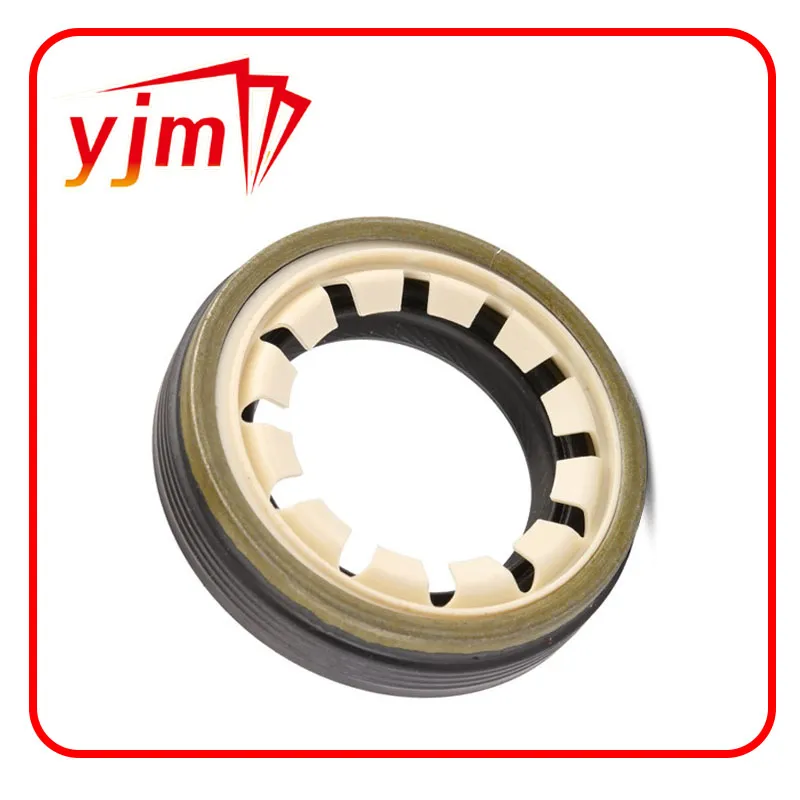Specifications for Lip Seal Dimensions and Their Applications in Engineering
Understanding Lip Seal Dimensions A Comprehensive Guide
Lip seals, also known as oil seals or radial seals, are critical components in various mechanical systems, particularly in rotating equipment like motors, compressors, and pumps. They serve the essential function of preventing the leakage of lubricants while simultaneously keeping contaminants out of the machinery. Given their vital role, understanding the dimensions of lip seals is crucial for ensuring optimal performance and longevity of equipment. This article delves into the important aspects of lip seal dimensions, including the factors that influence their design and selection.
1. Key Dimensions of Lip Seals
Lip seals are typically defined by several important dimensions
- Outer Diameter (OD) This is the outermost edge of the seal that fits into the housing. The outer diameter is crucial for ensuring a snug fit that prevents leakage from the outside.
- Inner Diameter (ID) The inner diameter corresponds to the size of the shaft it will be sealing. It must accurately match the diameter of the shaft to ensure a proper seal against fluid leakage.
- Width The width of the lip seal refers to its thickness. This dimension plays a crucial role in the seal's ability to withstand pressure and create a barrier against contaminants.
- Lip Profile The design of the lip itself, which can vary in terms of angle and shape, significantly impacts how effectively the seal performs its sealing function.
- Hardened Zones Some lip seals incorporate hardened zones to enhance durability and resistance against wear, which can also influence dimensions.
2. Importance of Accurate Dimensions
Accurate lip seal dimensions are essential for several reasons
lip seal dimensions

- Leak Prevention An improperly sized seal can lead to lubricant leakage, leading to reduced operational efficiency, increased maintenance costs, and potential equipment failure.
- Contaminant Protection To keep contaminants out, the fit between the lip seal's inner diameter and the shaft must be tight enough to prevent dirt, dust, or moisture from entering the assembly.
- Performance and Lifespan Seals that are too loose can wear out quickly, while those that are too tight can cause excessive friction. Accurate dimensions help maintain a balance that maximizes both performance and lifespan.
3. Factors Influencing Lip Seal Dimensions
Several factors can influence the dimensions of a lip seal, including
- Operating Conditions The temperature, pressure, and type of fluid in which the seal will operate can dictate the material choice and, consequently, the dimensions.
- Shaft Tolerances Manufacturing tolerances of the shaft must be considered in seal dimensions. Variations in shaft size can affect the fit and, thus, the performance of the seal.
- Material Selection Different materials may have different properties such as flexibility and hardness, which can influence how they are manufactured and measured.
- Application Requirements Specialized applications may require unique dimensions or features, such as increased width for higher pressure applications or special lip designs for specific sealing challenges.
4. Conclusion
In conclusion, understanding lip seal dimensions is critical for anyone involved in machinery maintenance, design, or manufacturing. The right dimensions ensure that the lip seal performs effectively, preventing lubrication loss and protecting against contaminants, which ultimately contributes to the reliability and efficiency of mechanical systems. When selecting or designing lip seals, careful consideration of all dimensional factors—outer and inner diameters, width, lip profile, and the operating environment—is vital. By doing so, one can ensure the longevity and optimal performance of critical machinery components, reducing downtime and maintenance costs in the long run.
-
The Ultimate Guide to Boat Propeller Bearings and Trailer Wheel Bearings
News Jul.31,2025
-
The Essential Guide to Marine Bearings and Boat Trailer Wheel Bearings
News Jul.31,2025
-
The Complete Guide to Heavy Duty Seals: Protecting Doors and Spaces Efficiently
News Jul.31,2025
-
Essential Guide to Marine Shaft Bearings and Boat Trailer Axle Bearings
News Jul.31,2025
-
Comprehensive Guide to Marine and Trailer Bearings for Safe Boating and Transport
News Jul.31,2025
-
Comprehensive Guide to Automotive Oil Seals: Protecting Your Engine and Shafts
News Jul.31,2025
-
Understanding Automotive Oil Seals: Essential Components for Engine and Shaft Protection
News Jul.30,2025
Products categories















